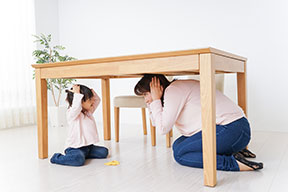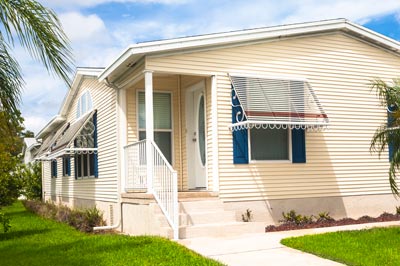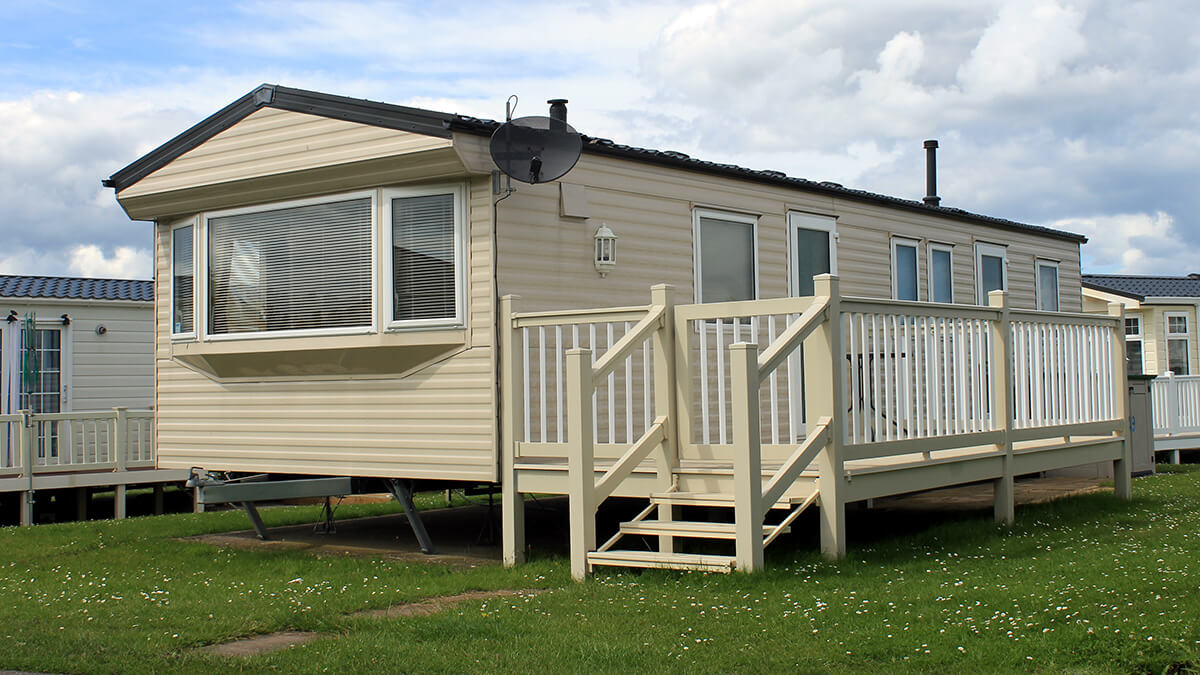Earthquake safety for your home

The most important component in earthquake safety recovery is to create a plan for you and your family prior to the disaster, and to practice it. Several key points make up an earthquake recovery plan including:
- Make sure you and your family know all the “safe spots” in the home, such as against inside walls, as well as the “danger spots” in the home such as windows, mirrors, hanging objects and fireplaces.
- Conduct practice drills. Physically place yourself and your children in the safe locations in the home.
- Learn first aid and CPR through your local Red Cross or other community organization.
- Decide where and when the family will reunite, if separated.
- Keep a list of emergency phone numbers available. Long distance phone service is usually restored before local service. You'll be able to reach someone faster who is across the country, rather than next door. Cell phone use could be restricted without a proper signal. It's helpful to identify an out-of-state relative or friend who can report your condition to other family members.
- Develop a portable survival kit for your home and for travel.
After the safety of your family, preparing your home for an earthquake should be your next priority when developing a recovery plan. If you live in a fault area and are susceptible to frequent earthquakes, there are steps you can take to make your home more secure in the event of a disaster. If you don't think you have time to execute these measures – make time. These steps could reduce damage to your home and return you and your family to your normal, everyday lives. Remember: Earthquakes can happen at any time – without warning.
- Learn how to shut off gas, water and electricity in your home in case power lines are damaged.
- Check the stability of chimneys, roofs and wall foundations. If you're living in a home that was built before 1935, make sure the house is bolted to the foundation. If your home is on a raised foundation, make sure the cripple, or short stud walls between the floor and foundation, are replaced with shear, or vertical walls that are used to stiffen the structural frame. If you have questions, contact a licensed contractor.
- Secure heavy furnishings.
- Secure your water heater and other appliances that could move and disrupt utility lines.
- Store breakable and heavy objects on lower shelves. Also, use latches on cabinet doors.
- Keep all flammable and hazardous liquids, such as paints, pest sprays and cleaning products, in cabinets or secured on low shelves.
- Maintain emergency food, water, medicine, a first aid kit, tools and clothing for earthquake aftermath.
If you live in a particularly vulnerable area for earthquake activity, you might also consider attending training for neighborhood residents for home preparedness, first aid, fire suppression and damage assessment. Developing a network of families in your neighborhood for an earthquake resource bank is a helpful tool. This would identify the special skills of those who live around you and a list of equipment and materials that can be shared.
Make special arrangements for the elderly, handicapped persons, those who are under medication and pets. Be mindful of those who cannot speak English. It's helpful to create information cards, written in English, indicating identification, address and special needs.
Also, know the location of the nearest police station in your area. Local fire stations will most likely be empty and locked for days following an earthquake, as teams will be aiding in earthquake rescue.
It's also recommended to identify a message drop for your family. Secure a location outside your home where your family can leave messages for each other in case you are separated or unable to remain in your home. Don't publicize that you are not home . Examples of a drop point can be inside a tin can, in the backyard or under a stone.


